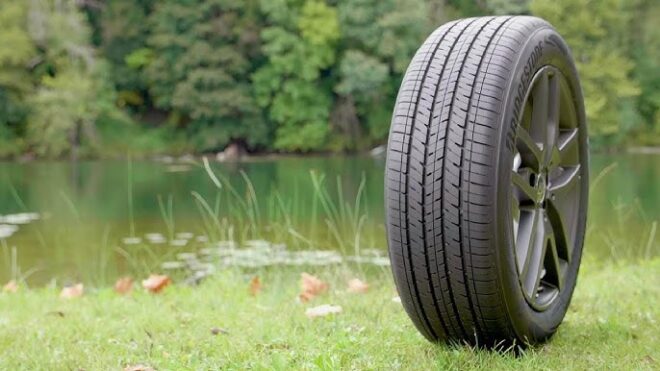Despite the fact that many of us might prefer to remain at home on a chilly or wet day. Some are bound to hit the road. While we must do what we must, driving in poor conditions might sadly increase the likelihood of an accident. Managing automobile issues is never enjoyable, but in severe weather, it may be very unpleasant. Not only may the cold and snow effectively deal with an even more unpleasant situation, but the conditions and other variables such as poor driver vision also raise the likelihood of an accident turning more hazardous. It is necessary to prevent Tyres Kidderminster failure in cold and rainy weather in order to maintain the driving safety and to prevent collisions, given the importance of a vehicle’s tyres.
UNDERSTANDING THE WORKING OF TYRES IN COOL WEATHER
The summer weather has its own driving problems, but one of the wonderful benefits of driving on a beautiful summer day is that your tyres warm up rapidly. In conjunction with the increased road warmth, your tyres will have a firm grip on the asphalt. In contrast, the cooler temperatures might create a deadly mixture. While automotive companies adhere to stringent safety requirements, even expert racing car drivers must contend with the challenging factors that cold weather introduces to driving. Warm Tyres Leamington Spa are desirable, but they need some time to warm up in the cold.
Therefore, it is usually a good idea to take it a bit easy while beginning the first journey of the day. Suppose one can take a few slow, empty streets before hitting the main route on your daily commute. This will give your tyres time to warm up. This is also why it is necessary to check the tyre pressure often throughout the winter. At any period of the year, tyres may lose pressure. But because of the cooler temperatures, winter can be especially damaging. And deflated tyres raise the likelihood of an accident.
TIPS TO KEEP IN MIND WHILE DRIVING IN RAIN
While heading directly in the rain, your vehicle and its tyres will perform equally to how they do while driving in dry circumstances. When users brake, it will undoubtedly take them forever to come to a full stop. write for us education This is why it’s crucial to allow additional space between you and the automobile in front of you. But eventually, cars and tyres have a design to handle all weather situations.
The only exceptions to this rule are while making the turn or when travelling on long, curving routes, such as the Seaside. When travelling in a straight path, there is no need for your vehicle to slide, even if braking is slower. However, if you are turning in rainy conditions – and particularly if you need to stop abruptly and with great force – you should exercise caution. The likelihood of your vehicle entering a spin increases significantly. Therefore, it is essential to slow down while making a turn in the rain. You should finish your braking before commencing your turn and then gradually resume acceleration as you navigate the corner. U-turns need a gentle acceleration all through the turn. However, the same methodology applies.
If tyre failure does happen, it is important to prioritise driver safety. If you detect a flat tyre while driving, activate your hazard lights instantly. And pull over to the side of the highway as quickly as possible. Once you have a stoppage, keep the lights and siren on and be careful of other vehicles whose sight may have an impairment. Then replace the tyre or contact driver assistance. After completing these steps, you can determine if the damage to the tyres is fixable or need changing. This is to ensure you always have a spare in the trunk for your own peace of mind.
INSPECT TYRES’ TREAD TO PREVENT NEGLIGENCE IN RAINY CONDITIONS
Obviously, the most significant things to consider while driving in wet circumstances are those that directly affect the vehicle’s efficiency in the rain. Among them are your windshield wipers, headlights, and, most significantly, your tyres.
You must verify that your tyres are in excellent condition. The basic minimum standard for tyre tread depth is 1.5 mm. However, tyre manufacturers advocate never allowing the tread thickness to go below 3 mm; after this point, tyre performance degrades rapidly.
CONCLUSION
Inspect the tyres Leamington spa wear at a minimum once per month every month. Especially before starting on longer trips, ensure that your tyres are in excellent shape. This helps avoid undiscovered harm to your tyre, at most, will lead to a reduction in tyre function. And in the most severe circumstances, it will result in a tyre failure. Putting you, the customers, and other road users at risk.
if you wont to more article publish thekn yiu can visit Free Guest paot







